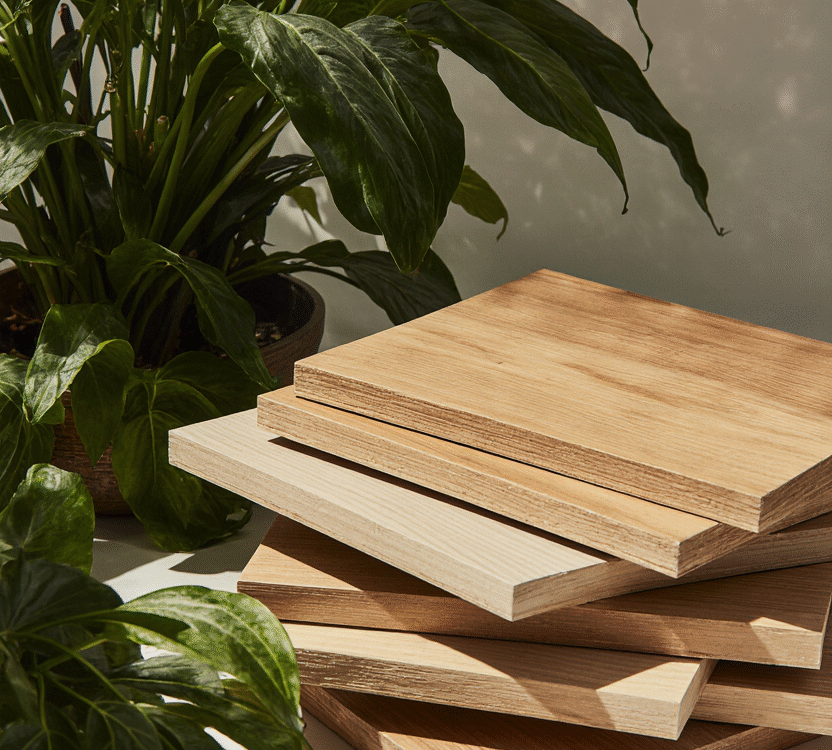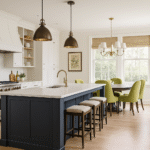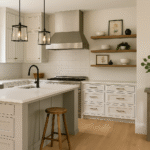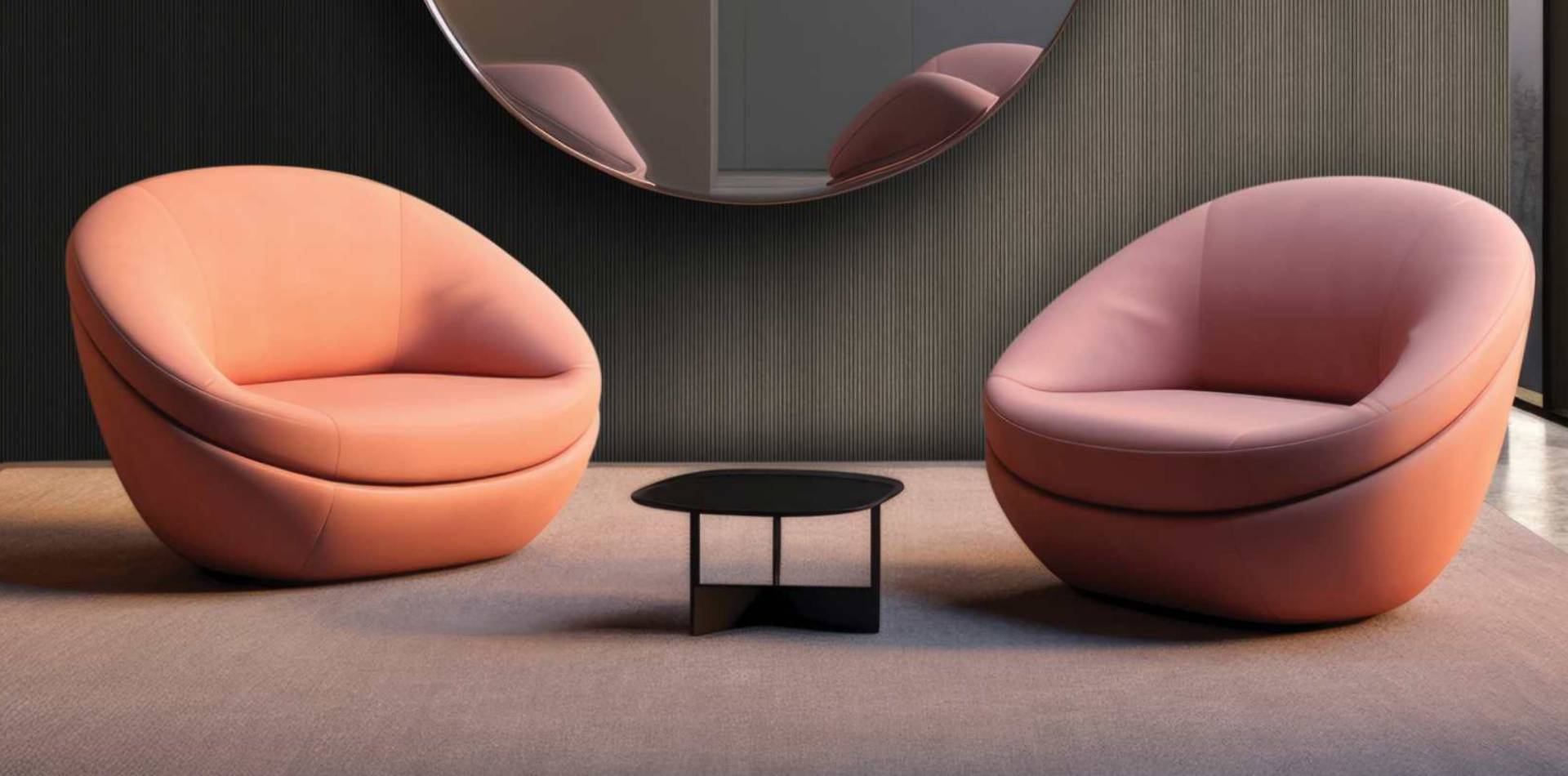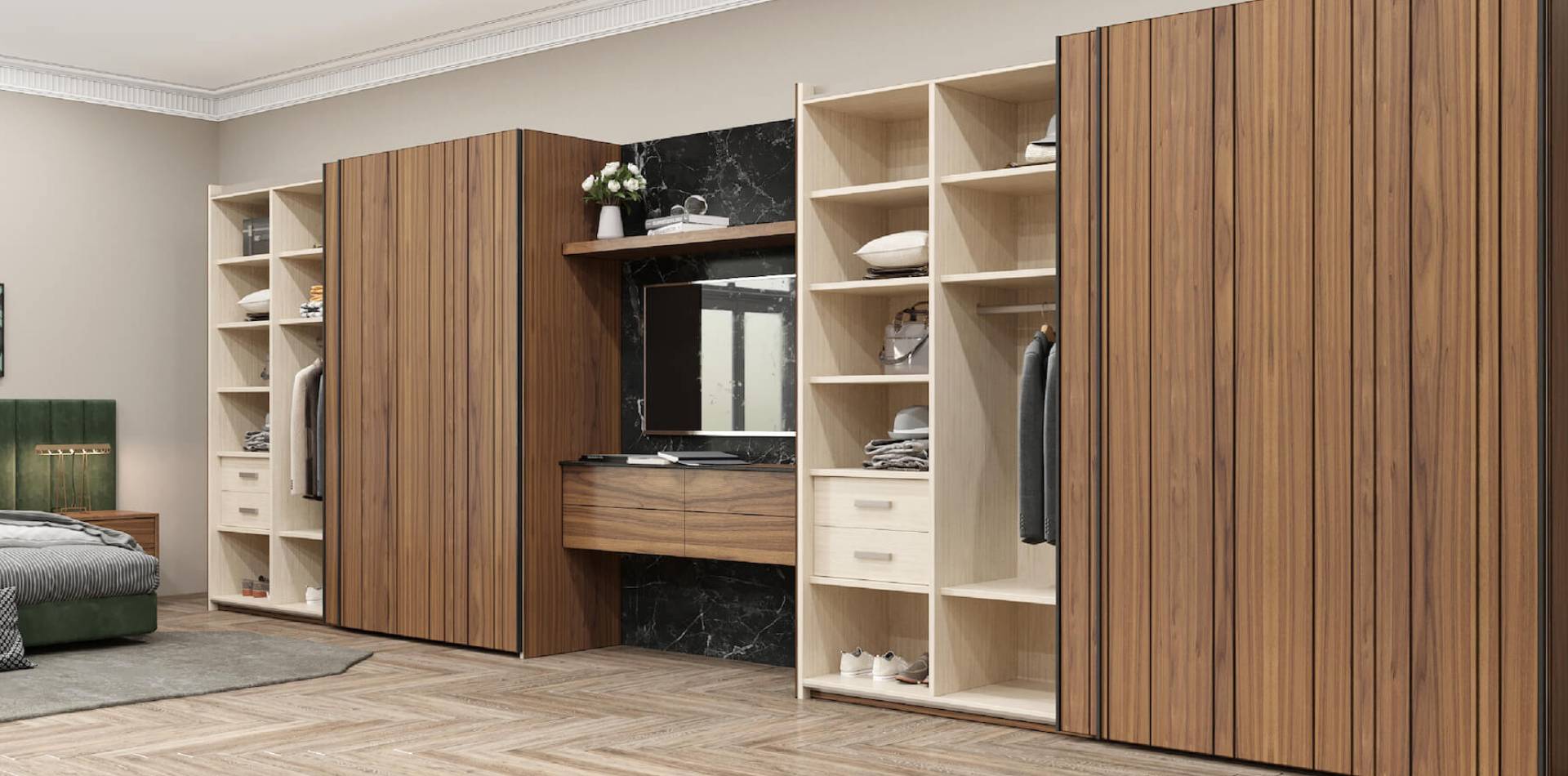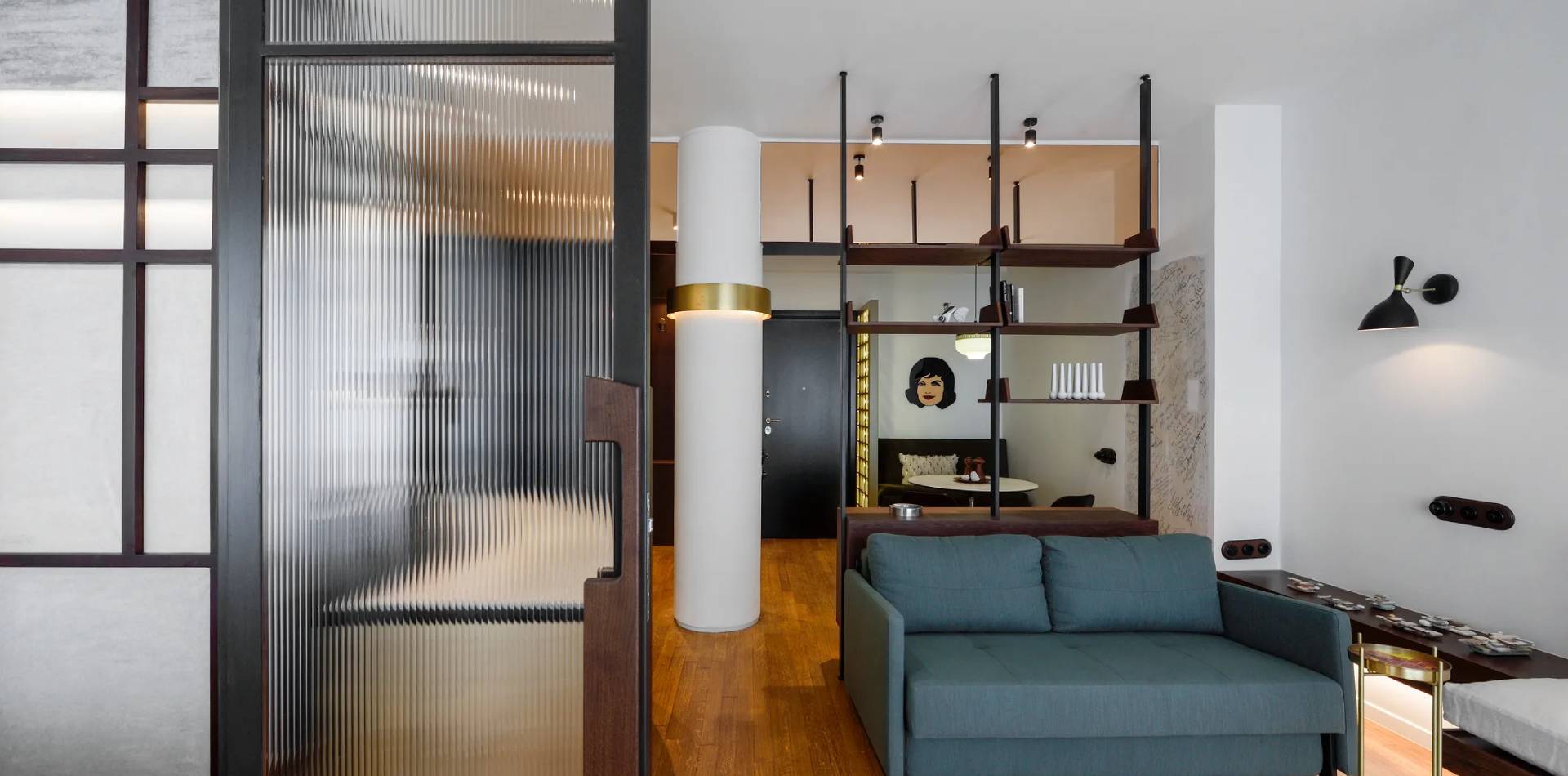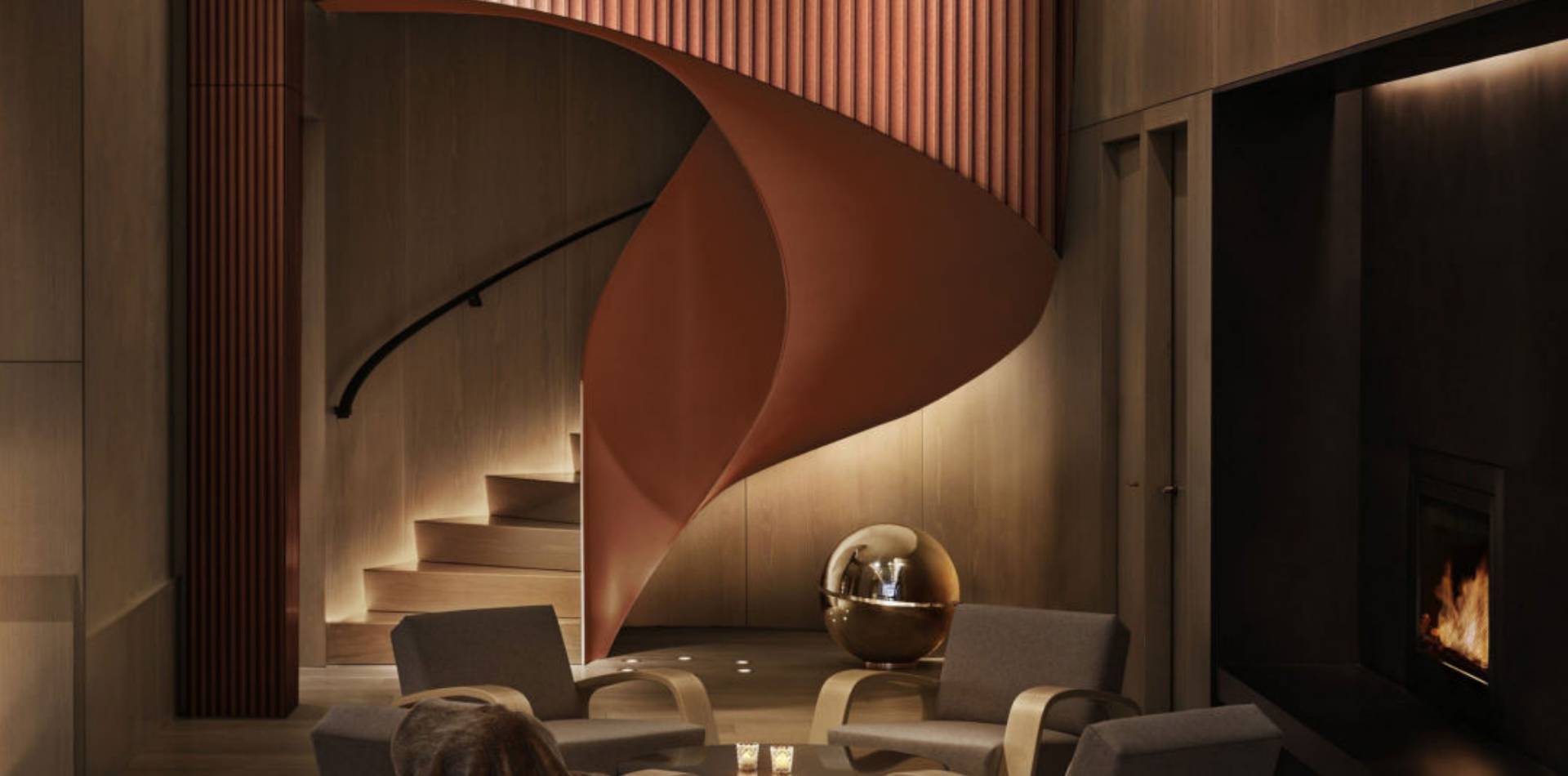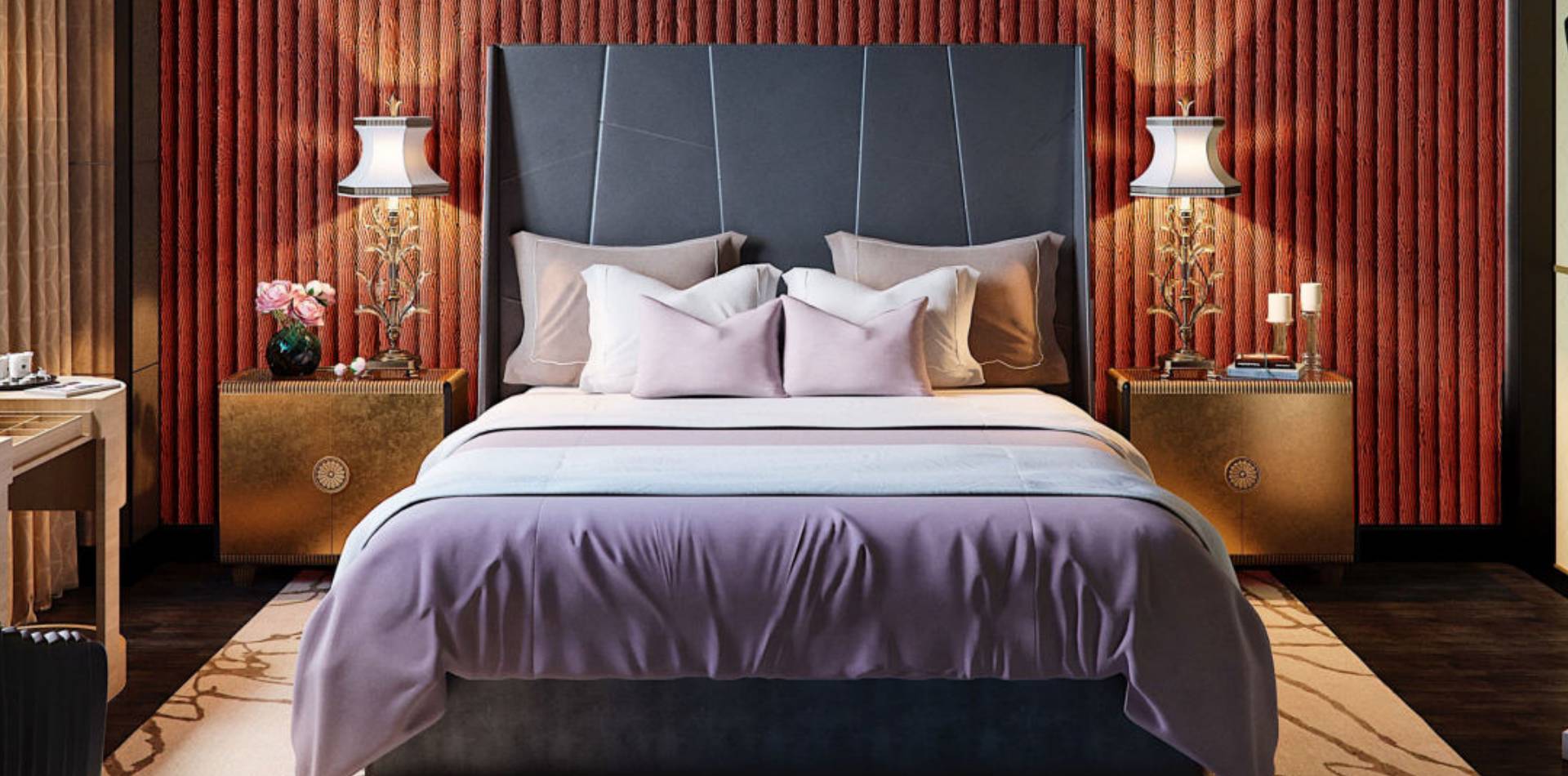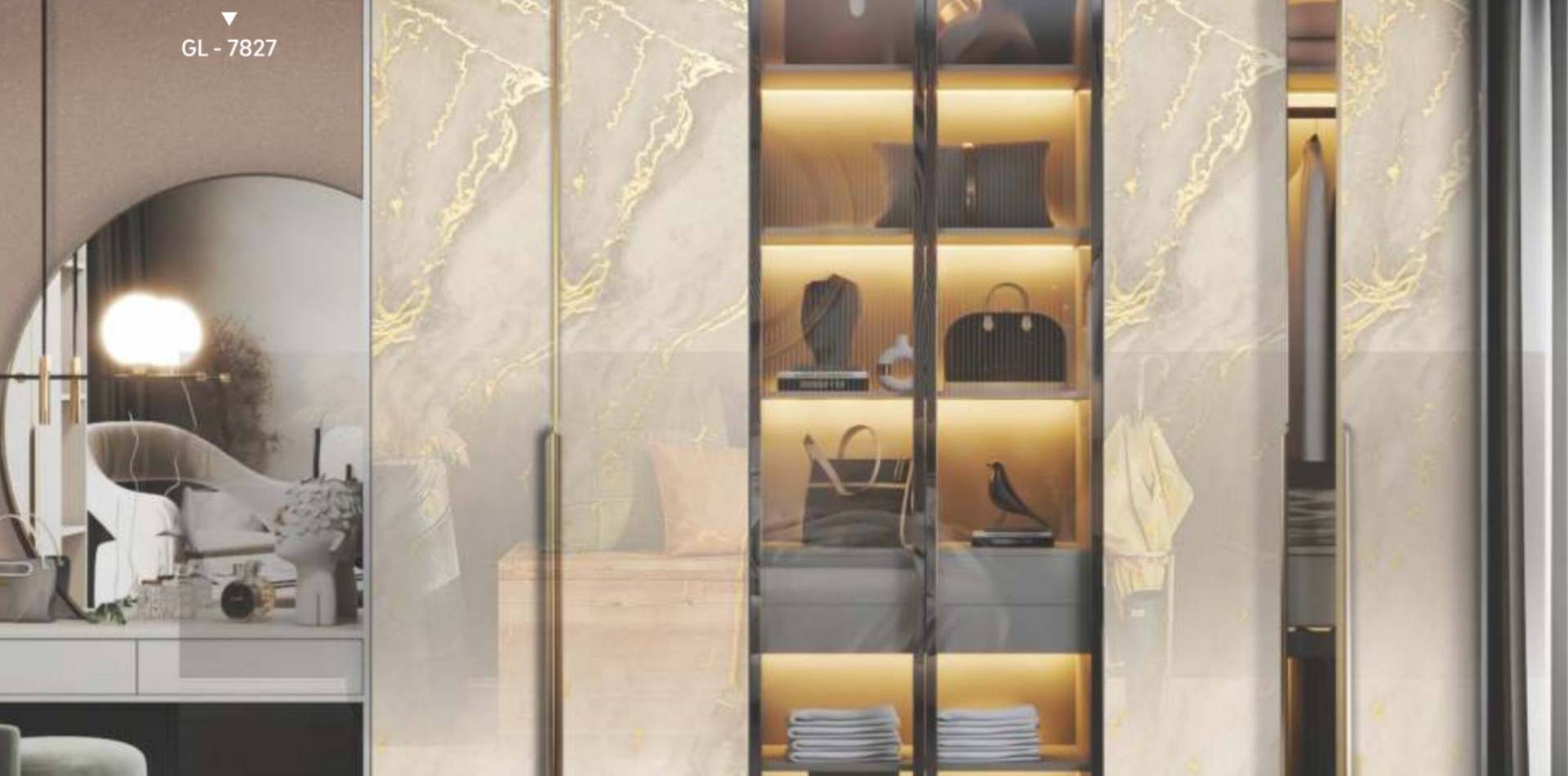In the fast-evolving world of commercial interior design, architects are constantly on the hunt for materials that deliver on aesthetics, functionality, and sustainability. One material that has quietly become a favorite in modern office spaces, hotels, retail outlets, and corporate interiors is the wood veneer.
But what makes veneers for commercial spaces so special?
This blog explores why architects across the globe prefer natural wood veneers in their design toolkit—and how this simple, elegant surface material transforms commercial environments into impactful, inviting spaces.
1. Natural Aesthetics with Endless Design Possibilities
Nothing compares to the natural elegance of real wood—and veneers allow architects to achieve that without the limitations of solid timber. Veneers are thin slices of real wood applied to core panels (like plywood or MDF), offering:
- Rich wood grain textures: walnut, teak, oak, and exotic species
- High-end finishes: matte, gloss, smoked, stained, or raw
- Custom applications: bookmatching, cross grain, inlays, and curved designs
In commercial environments, from reception walls to conference tables, veneers elevate branding and ambiance without overpowering the space.
Why it matters: Veneers provide the luxury look of real wood—ideal for creating signature spaces in hotels, retail stores, and workspaces—at a more practical cost and weight.
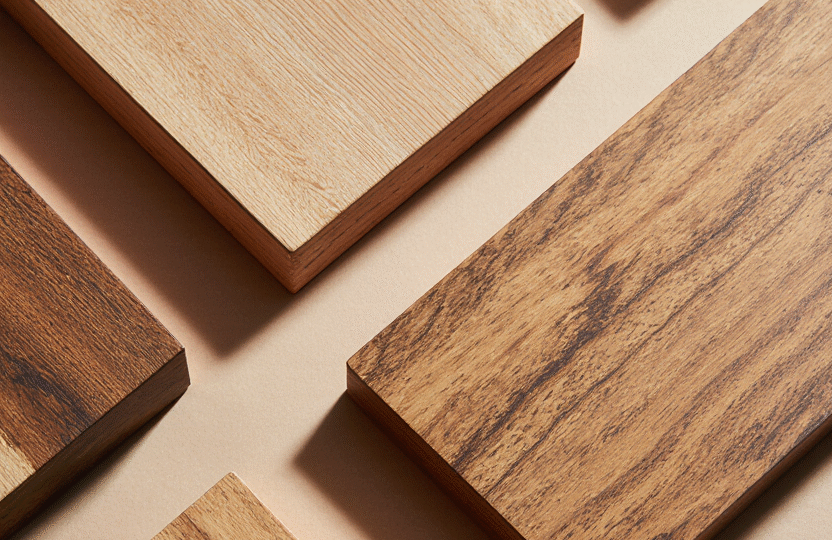
2. Lightweight Yet Structurally Stable
One of the biggest technical advantages of veneers is their compatibility with engineered core materials. This offers:
- Dimensional stability (resistant to warping and expansion)
- Lightweight panels that reduce load on ceilings and walls
- Ease of handling for large installations or furniture elements
For large-scale projects or vertical installations in offices or hotels, this stability is crucial. Unlike solid wood, veneers won’t crack or swell with temperature or humidity changes—making them perfect for India’s varying climate conditions.
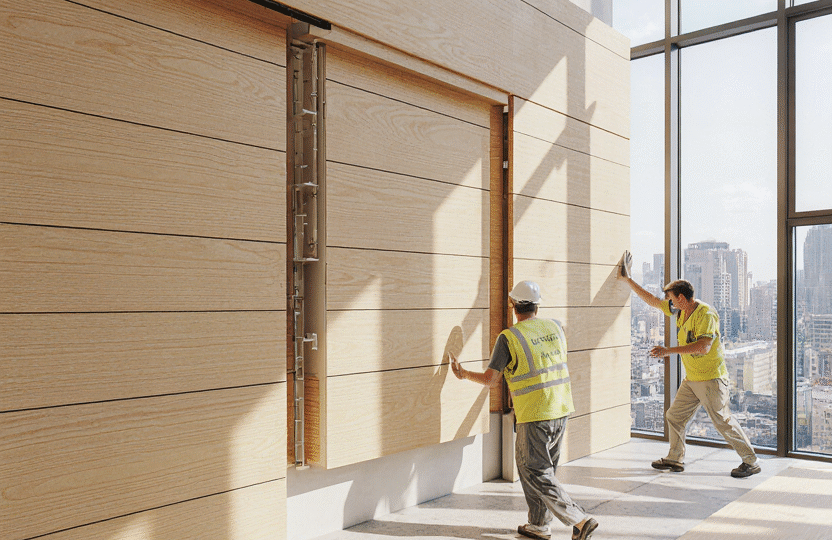
3. Superior Acoustic & Thermal Properties
In commercial architecture, form and function go hand in hand. Veneers don’t just look good—they actively improve the quality of interior environments.
- Improved acoustics: Veneer wall panels reduce echo and absorb sound, ideal for boardrooms, coworking spaces, and restaurants
- Thermal performance: Natural wood layers offer some insulation, helping maintain comfortable temperatures
When paired with acoustic backing or composite panels, veneers in office interiors promote focus, comfort, and energy efficiency.
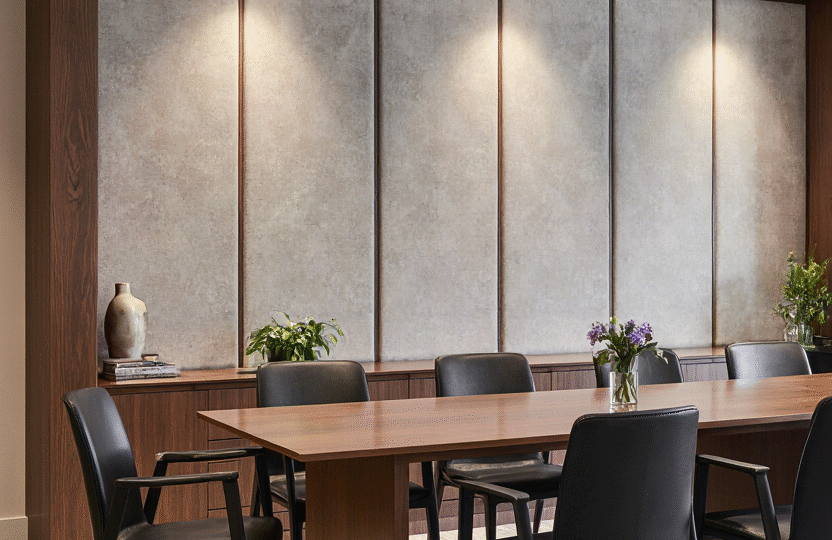
4. Sustainable, Eco-Conscious Material Choice
Modern architects are under growing pressure to specify sustainable building materials. Veneers tick many boxes in the green design checklist:
- More yield per tree: A single log can produce hundreds of veneer sheets, unlike solid timber
- Lower carbon footprint when combined with eco-cores and low-VOC adhesives
- Available in FSC-certified varieties, ensuring responsible forestry
Using eco-friendly veneer panels in commercial interiors contributes to certifications like LEED, IGBC, and WELL—something more clients are actively seeking.
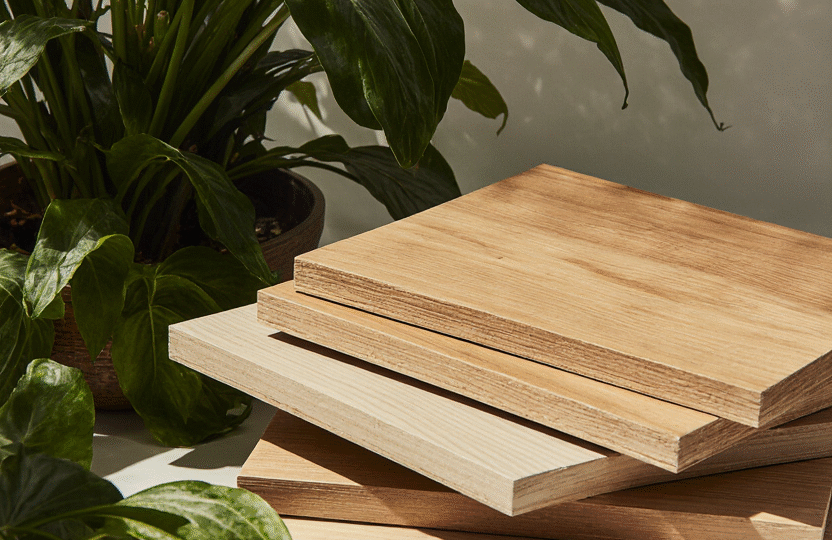
5. Budget-Friendly, Long-Lasting Finish
While veneers carry a luxury appeal, they’re surprisingly economical over the life of a project:
- Affordable alternative to solid hardwood
- Low maintenance and scratch-resistant surfaces
- Easier to repair or replace compared to laminates or solid wood
This cost-performance balance makes veneers for commercial interiors a smart long-term investment—especially when large areas need surface finishes, such as hotel lobbies or open-plan office zones.

6. Versatility in Commercial Applications
Architects love materials that don’t restrict creativity. Veneers can be used in almost every zone of a commercial property, including:
- Reception and statement walls
- Ceiling panels and lighting integrations
- Office desks, partitions, and shelving
- Retail fixtures and POS displays
- Doors, cabinetry, and meeting room tables
Whether the goal is minimalism, warmth, or luxury, veneers provide a flexible solution that aligns with nearly any design language.
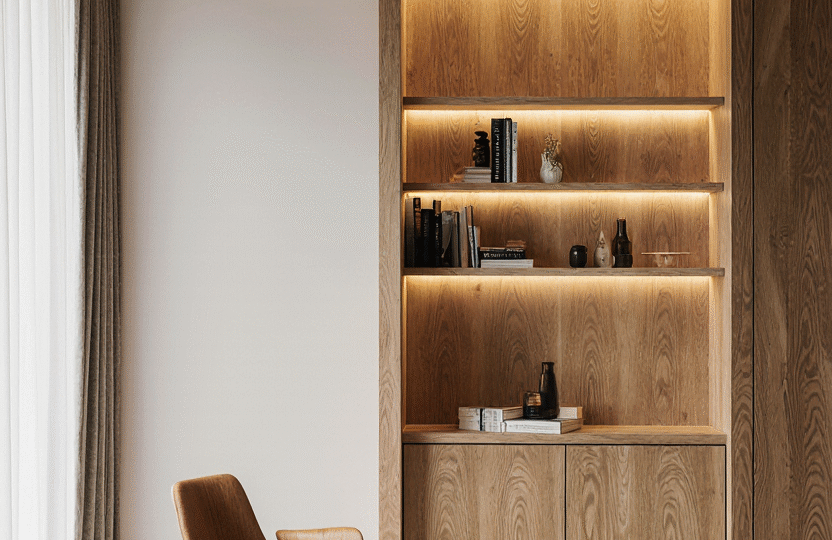
Final Thoughts: Veneers Are More Than Just a Surface
For architects designing commercial spaces, veneers are not just about looks—they’re about making smarter, more sustainable, more emotionally resonant choices.
With their perfect blend of elegance, durability, cost-effectiveness, and eco-conscious appeal, wood veneers are the secret ingredient to commercial interiors that stand out and stand the test of time.
Popular Veneer-Related Search Queries:
You will find us helpful if you are looking for the following.
- Best veneers for commercial interiors
- Difference between laminate and veneer in offices
- Natural wood veneers for wall panels
- Acoustic wood veneer panel installation
- Budget-friendly premium finishes for hotel
Are you searching for veneers for your next Commercial Project?
At EvoSpace, we offer a curated range of premium natural veneers tailored for architects and interior designers. Explore species, textures, and applications on our Veneers page or get in touch for samples and consultation.

